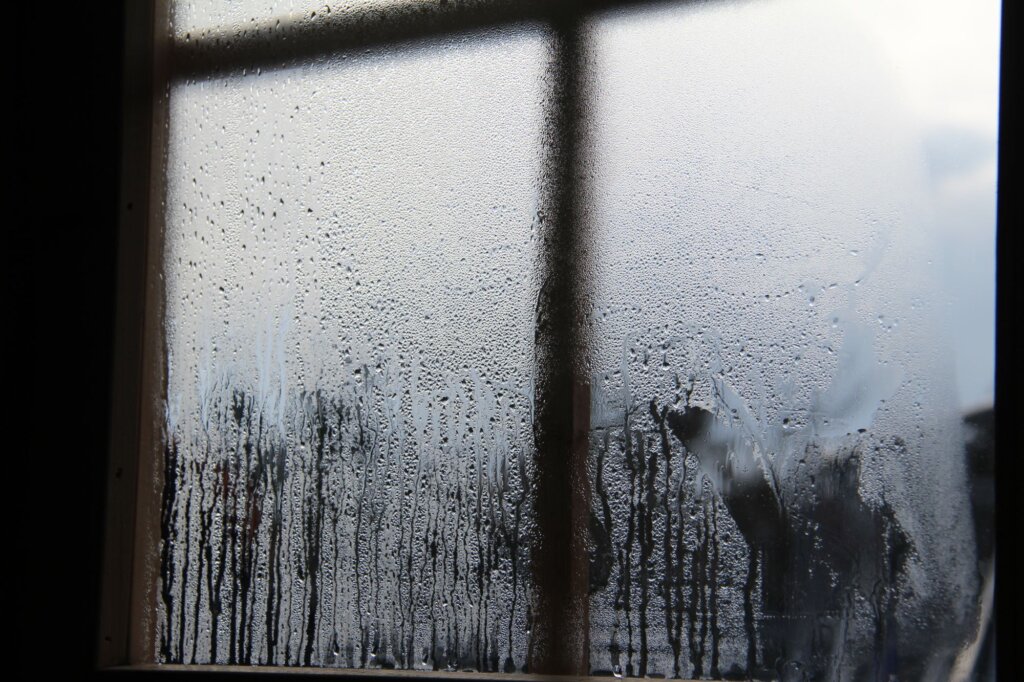Have you ever looked out your window at home and noticed a hazy layer of condensation blocking your view? While window fogging is common, it’s also a sign that something might be off with your home’s humidity levels or window seals. Understanding why it happens can help you figure out whether it’s a simple fix or a sign that your windows need attention.

The Three Types of Window Fogging
Not all condensation on windows is the same. The location of the fog can tell you a lot about what’s causing the issue.
- Fog on the outside of the window: This happens when warm, humid air meets a cooler window surface, usually on early mornings or humid days. It’s similar to how dew forms on grass and isn’t a problem—it just means your windows are well-insulated.
- Fog on the inside of the window: Indoor condensation occurs when there’s excess moisture inside your home, often due to high humidity levels, cooking, showering, or drying clothes indoors. While harmless in small amounts, persistent condensation can lead to mold growth and damage over time.
- Fog between the glass panes: If you notice condensation trapped inside a double- or triple-pane window, it’s a sign that the window’s seal has failed. This allows moisture to enter and means the insulating gas between the panes has escaped, which reduces the window’s energy efficiency.
How to Reduce Window Fogging
If your windows are fogging up, here are a few steps you can take to clear things up and prevent future issues:
- Increase Ventilation: Use exhaust fans in the kitchen and bathrooms to remove excess moisture from the air. Opening windows periodically can also help balance indoor humidity.
- Use a Dehumidifier: If indoor humidity is consistently high, a dehumidifier can help keep moisture levels in check, preventing condensation on windows and other surfaces.
- Check for Air Leaks: Poorly sealed windows and doors can allow humid outdoor air inside. Take some time to inspect your window seals and weatherstripping and repair or replace any that are damaged.
- Upgrade Your Windows: If condensation is forming between the panes, replacing the affected window is the best long-term solution to restore energy efficiency.
When Should You Be Concerned?
Occasional condensation on windows isn’t a cause for alarm, especially if it’s happening on the outside. However, if you notice persistent indoor moisture, mold growth near window frames, or condensation between panes, it’s a sign that your windows—or your home’s humidity levels—may need attention. Excess moisture can lead to long-term issues like wood rot, mold, and decreased insulation effectiveness. It’s best to address the problem sooner rather than later.
Final Thoughts
Foggy windows can provide valuable clues about your home’s humidity and window insulation. If you’re dealing with temporary condensation, simple adjustments like using fans and dehumidifiers can help. But if the fog is trapped between the glass panes, it may be time to consider window replacement. Paying attention to these signs can help you keep your home comfortable, energy-efficient, and free from moisture-related issues.